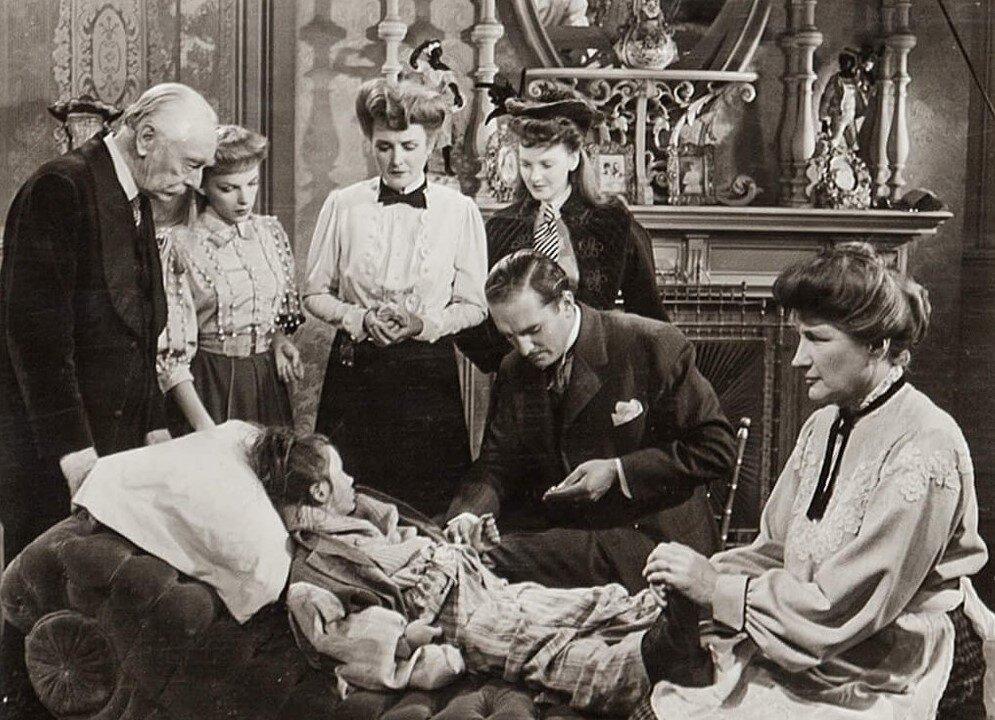Commentary
According to U.S. News, Halloween is reaching a record high of popularity among Americans this year, with 73 percent of participants in the National Retail Federation’s annual survey saying that they are planning to celebrate it. Based on decorations, merchandise, and premature celebration, this creepy holiday seems to be many people’s favorite. However, it wasn’t as widely celebrated in this country a century ago.





